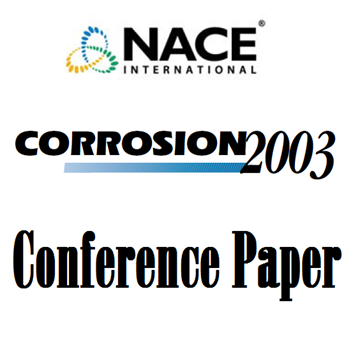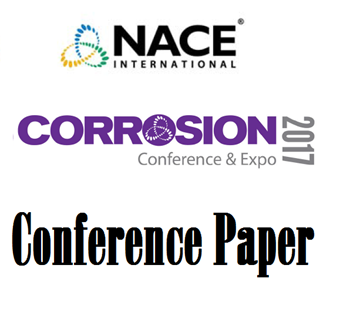Search
51316-7290-Assessment of Formation Damage Potential of Corrosion Inhibitor Squeeze Applications
Also Purchased
97344 Effect of Treatment Method on Corrosion Inhibitor Performance
Product Number:
51300-97344-SG
ISBN:
97344 1997 CP
$20.00
03337 THE TRANSPORT OF CHEMICAL INHIBITOR DURING BATCH APPLICATION
Product Number:
51300-03337-SG
ISBN:
03337 2003 CP
Publication Date:
2003
$20.00
Guidelines for Corrosion Inhibitor Selection for Oil and Gas Production
Product Number:
51317--8842-SG
ISBN:
8842 2017 CP
Publication Date:
2017
$20.00




